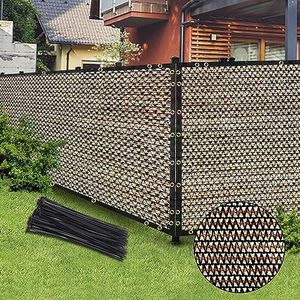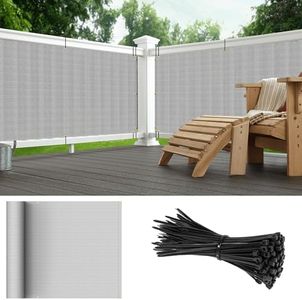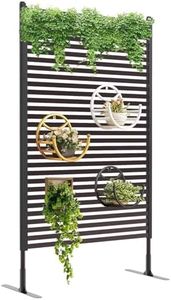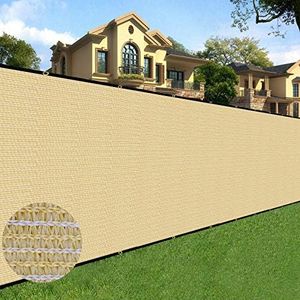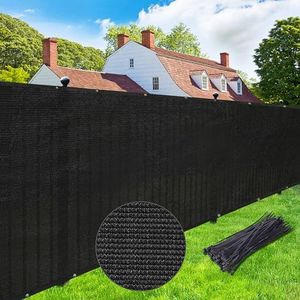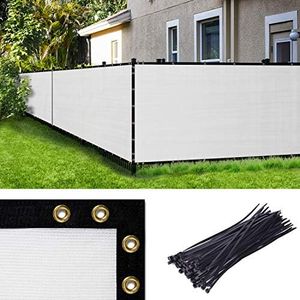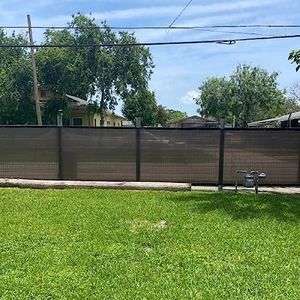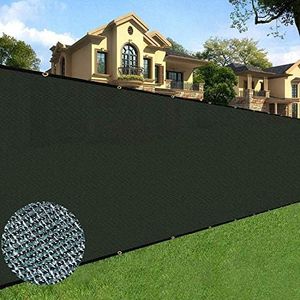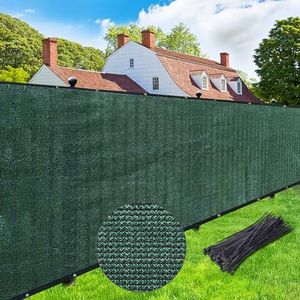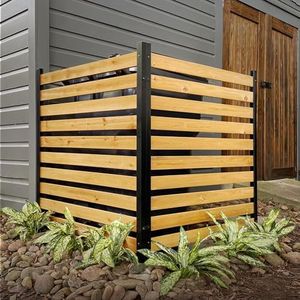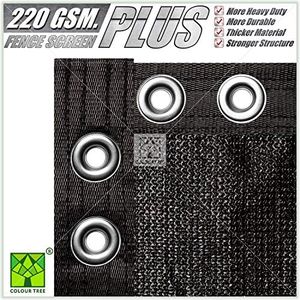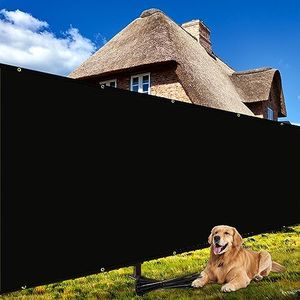We Use CookiesWe use cookies to enhance the security, performance,
functionality and for analytical and promotional activities. By continuing to browse this site you
are agreeing to our privacy policy
10 Best Fence Screens
From leading brands and best sellers available on the web.Buying Guide for the Best Fence Screens
Choosing a fence screen—sometimes called a privacy screen or windscreen—is about balancing your need for privacy, wind protection, aesthetics, and durability. These screens can serve a variety of purposes, whether you want to block the view from neighbors, reduce wind on your property, or simply add a decorative touch to your fence. Understanding the most important specs will help you get the best fit for your needs.MaterialThe material of a fence screen is crucial because it determines both its appearance and how long it will last in various weather conditions. Most fence screens are made from synthetic materials like polyethylene or polyester, while some are made from natural materials such as bamboo or reed. Synthetic options are usually more durable and resistant to UV rays and moisture. If you need something long-lasting with low maintenance, consider denser synthetics. For a natural look, bamboo or reed works well but may not last as long in harsh climates.
Privacy Level (Opacity)The opacity or privacy level indicates how much visibility the screen blocks. This is often described as a percentage. Lower percentages (40-70%) offer partial privacy and are suitable if you want airflow and a light appearance; higher percentages (80-100%) give close to total privacy. If your main goal is to block views, choose a higher opacity, but if airflow and some visibility are also priorities, a mid-range option is better.
Size and CoverageSize and coverage refer to how much of your fence will be covered by the screen, and whether the screen fits your specific fence height and length. Screens commonly come in standard heights (such as 3, 4, or 6 feet) and variable lengths. Measure your fence before shopping. Always consider buying slightly more than you need to make sure you’re fully covered, especially if your fence is irregular or if you anticipate mistakes during installation.
UV ResistanceUV resistance is the screen’s ability to withstand sunlight without fading, weakening, or breaking down. If your fence is in a location with lots of sun, picking a UV-resistant screen will ensure it looks good and lasts longer. Look for products that specifically mention UV treatment or UV protection. For shaded or partially shaded areas, this spec is less essential, but it's still a good feature for general longevity.
Wind PermeabilityWind permeability is how much air flows through the screen. High wind permeability lessens the pressure on your fence during storms, but provides less privacy; low wind permeability blocks more wind and visibility, but can put more strain on your fence. If you live in a windy area, choose a screen designed to let some air pass through. For privacy in less windy locations, you can select a more solid material.
Installation MethodHow you attach the screen is important for both durability and aesthetics. Screens often come with grommets, zip ties, ropes, or clips for easy attachment. Some require tools or more permanent installation. If you need something temporary or plan to move the screen often, easy-attach solutions work best. For a more secure, long-term setup, look for reinforced edges and multiple attachment points.
Color and DesignColor and design affect how the screen looks and feels in your space. Neutral colors like green, black, or beige blend in easily, while brighter colors or patterned screens can make a statement. For decorative purposes, choose a look that matches your style or environment. If the goal is for the fence screen to be unobtrusive, go for muted, natural tones.
